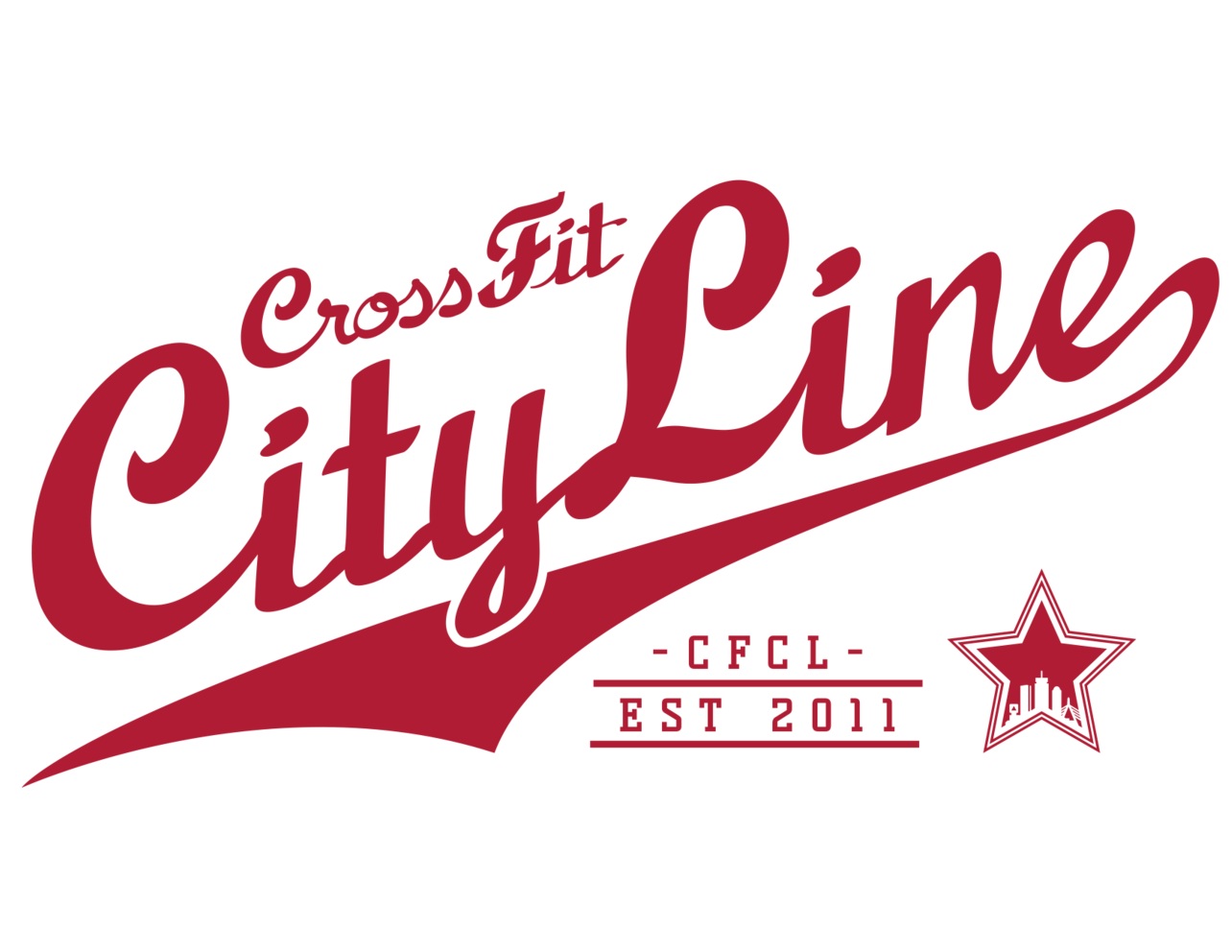Fitness ROI
How to Maximize your Fitness ROI
-by Coach Mat
ROI is Return On Investment. We want a high return for any investment we make. We don't put money into the stock market to watch it lose value or stay the same. We should get a return, an improvement. The same goes for our fitness. We wake up early and move things around in our schedule to get to the gym, say no thanks to happy hour and fried food and we work our butts off at every workout. We should see a positive, long-term return in our fitness.
Simply by doing CrossFit, we're already maximizing our return on time spent in the gym. CrossFit is the most efficient and effective fitness program. We’ll achieve maximum productivity with minimum wasted effort, time or expense. That's a great start to maximizing our ROI on our time.
But how often do we need CrossFit to see results?
What if we do other workouts and mix CrossFit in?
When we “do CrossFit” doesn't that mean we should see results?
In this article series we’ll show you how to maximize your fitness ROI by adjusting the most important factors next to what workout you're doing, workout frequency and nutrition.
We'll look at the typical initial and long term results vs. training frequency vs. nutrition and the impact they have on our ROI.
Let’s first define “results”.
Burn fat, build lean muscle, look better, do better in (and out of) the gym and have better biomarkers like blood pressure, resting heart rate etc. These are the results we're talking about and they are called...fitness. We're not talking just about a better looking body. We can have a good looking body but unhealthy biomarkers or poor performance. Health and fitness are intertwined, not mutually exclusive. By improving fitness, body composition will also improve.
"Results" also include getting better at specific things like pull-ups, toes to bar and handstand push ups. Improving form and technique for cleans and snatches (which will allow us to improve rapidly!) and feeling more comfortable with the program will allow us to go faster, heavier, do new exercises and, get better results.
Below is Table 1. We’re assuming an individual has been doing CrossFit for longer than 4 months. Why? For most athletes who start CrossFit, results come more quickly based off of the training being new. Imagine waking up 2 hours earlier than you do now. It’d be a shock for a little while, but then your body would get used to it. This is the same principle; it's called accommodation. Many people find that when they start CrossFit, their body is shocked and produces results quickly. Over time their body becomes used to it and accommodates. (This phenomenon is also called "newbie gains.") It's our goal to maximize your ROI for the long haul.
If you are just getting started, you can improve your ROR (rate of return, how fast you see results) by following the same guidance. You’ll get better results, faster!
Table 1
Assumptions and Notes for Table 1
Assumption/Note 1: Athlete has 4+ months of CrossFit Experience.
Assumption/Note 2: Each individual is different. Favorable and unfavorable results are not rules, guaranteed or promised. Some may have constant improvement with fewer training days. Many will not.
*The Standard Western Diet is roughly 50% carbohydrates, 35% fat, 15% protein.
**Doing ”other workouts” will improve your ability in that specific area. If you run, your running in CrossFit workouts may feel better. If you do yoga, you may feel more flexible. If you do a double-under workout every week, you’ll get better at double-unders. Specific training will lead to that specific area improvement.
***The likelihood of plateauing is much higher if there are no nutritional changes being made.
What does this mean?
- By simply doing CrossFit or challenging ourselves progressively during our workouts, we may see an initial positive result, but long term, it may not stick.
- It is a steep uphill battle to get the results we want without a nutrition plan, even if we train really hard.
- For many people, doing 3 workouts/week won’t make big improvements. It will maintain their current state.
- For many people, 4-5 CrossFit workouts/week, without any nutrition improvements, could lead to initial improvements, but not the major improvements that would come with an improved nutrition plan.
- If you feel that you train frequently and "should" see results, review your actual attendance per week and nutritional choices.
- There is such a thing as "too much". When we train too frequently at high intensity, our bodies may not get enough time to recover. Recovery is essential for results. Recovery includes sleep, hydration, mental restoration, stretching and soft tissue work, and proper nutrition.
Check back for Part 2, where we'll show you what the results table looks like when nutrition comes into play and how you can maximize your ROI on all of your fitness efforts.

